Exploring the Diverse City of Bangkok: Things to Do & Travel Guide
Last updated on February 16, 2025
If you’re headed to Thailand, Bangkok is probably a place on your list. I’d heard great things about Thailand’s capital city, and heard less enthusiastic stories about it – leaving the city as a transit destination for other parts of the country. So when I planned a few days in the city, I didn’t have any real expectations of it. Overall, I liked the city.

Bangkok is a huge, huge city. I didn’t expect to see nearly all of it but with everything centered in the “Old Town” area of the city, I feel like I barely scratched the surface of the city at heart – despite seeing several attractions and spending several days in the area. This guide is going to focus on the “Old Town” of Bangkok and the tourist sights, and I hope it’s helpful to you.
Some Tidbits of Bangkok’s History
In your research of things to do in Thailand, you may have come across Ayutthaya. This was the capital of modern-day southern Thailand for a long time until 1767, when the capital switched to Thonburi (which is now southern Bangkok where Wat Arun is). At the time, this was a small town that had a strategically convenient location for trade. Two decades after Thonburi became capital, in 1782, Bangkok became the capital of Thailand and it has remained in that position since (even though the shape of Thailand has changed a bit). So it’s a bit of a new city.
Interestingly, the name isn’t Bangkok in Thai. It’s
Krungthepmahanakhon Amonrattanakosin Mahintharayutthaya Mahadilokphop Noppharatratchathaniburirom Udomratchaniwetmahasathan Amonphimanawatansathit Sakkathattiyawitsanukamprasit
and many Thai people can actually remember all that! But of course many people will know what you’re saying when you say Bangkok.
Bangkok was heavily bombed during World War II. Like many other cities, they had a roaring postwar period that saw rapid growth and modernisation. You’ll see today that Bangkok is a very modern city. Before COVID hit, it was actually the most visited tourist destination in the world.
You’ll also notice that Old Bangkok has a lot of European influences. It actually comes from choice; Thailand wasn’t colonised by European powers but Thai royalty brought back European architecture from their travels.
The Wats of Bangkok
There are so many beautiful wats (Buddhist temples) in Bangkok and I only got to see a handful of them, albeit the most popular ones. Here’s a few you should make time to see.




I have to put my absolute favorite wat first: Wat Phra Kaew (Temple of the Emerald Buddha). This wat is located in the Grand Palace. Traditionally, royal palaces would have large temples within the palace complex. When Bangkok became the capital of Thailand in 1782, King Rama I had the temple and Wat Phra Kaew built together as was tradition (even though they were completed in very different styles). Please note that to visit, you must cover your shoulders with a top – not just a shawl – and I believe you need to cover your ankles as well.

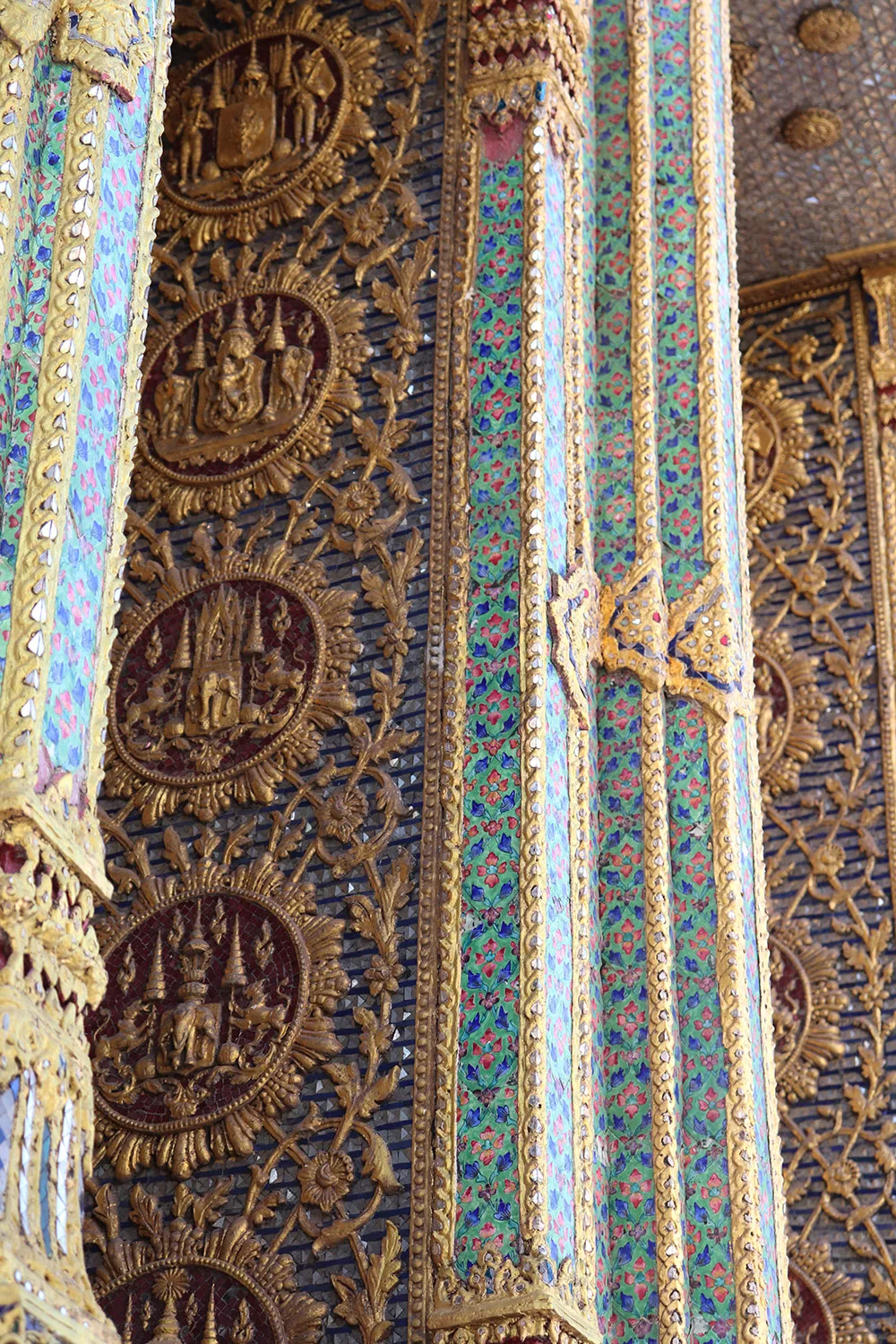

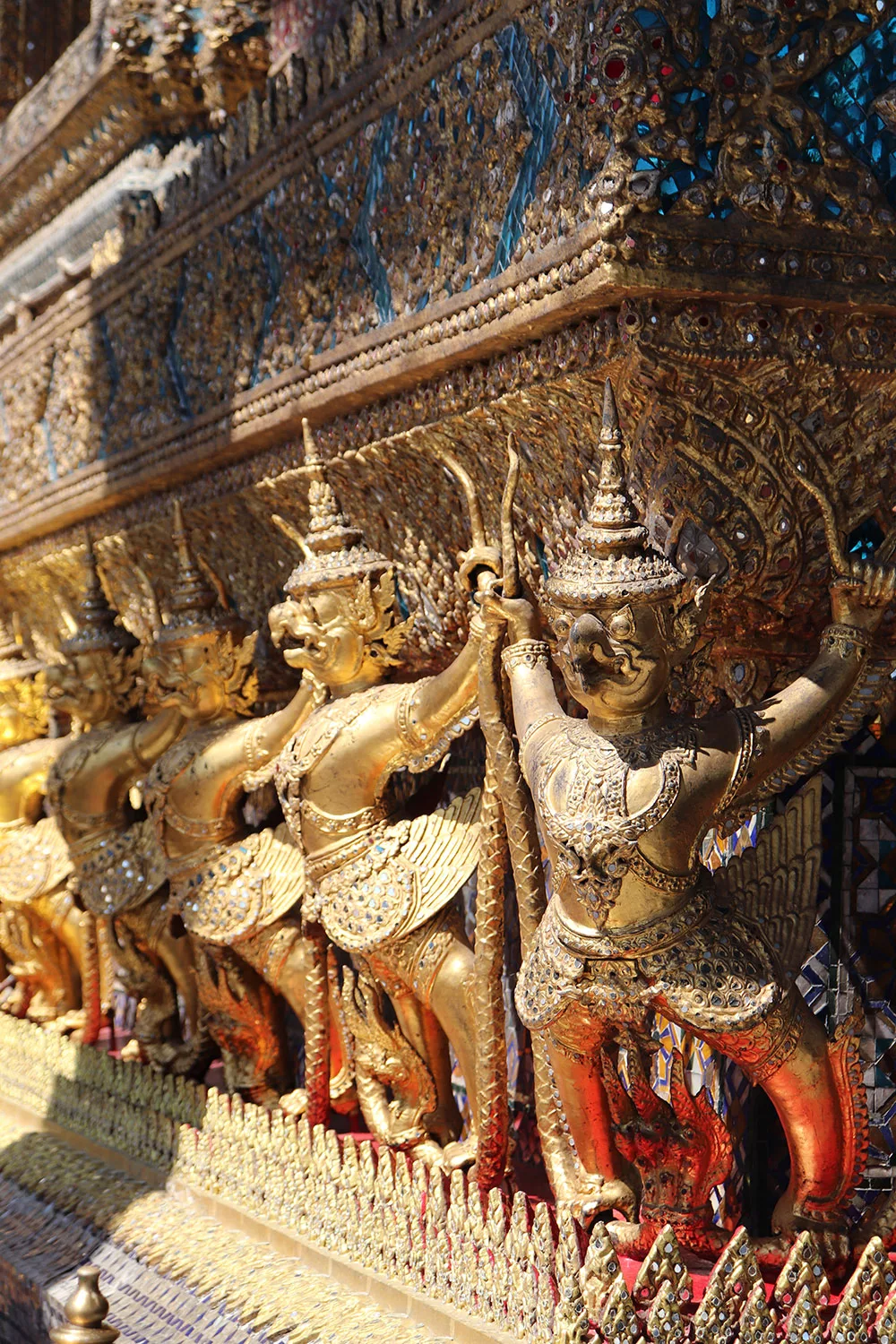
This wat stood out to me the most because of the insane detail that went into the decoration, and just how much it shimmers. Photos don’t really do it justice. With all the gold glittering and the variety of colors, it is just so stunning to see. It was definitely the most crowded place I visited but still very much worth it. There are many different buildings to see within the wat, too, so be sure that you see all of them because they each have different designs and are all so gorgeous. It should definitely be on your list of places to visit in Bangkok because it is mind-blowing.
The Grand Palace itself is honestly a bit boring. However it’s also home to the Queen Sirikit Museum of Textiles which I skipped at the time, but I have since learned that the museum is filled with Chut Thai (traditional Thai dress). I would’ve absolutely loved to see that and wouldn’t have skipped over it had I known!
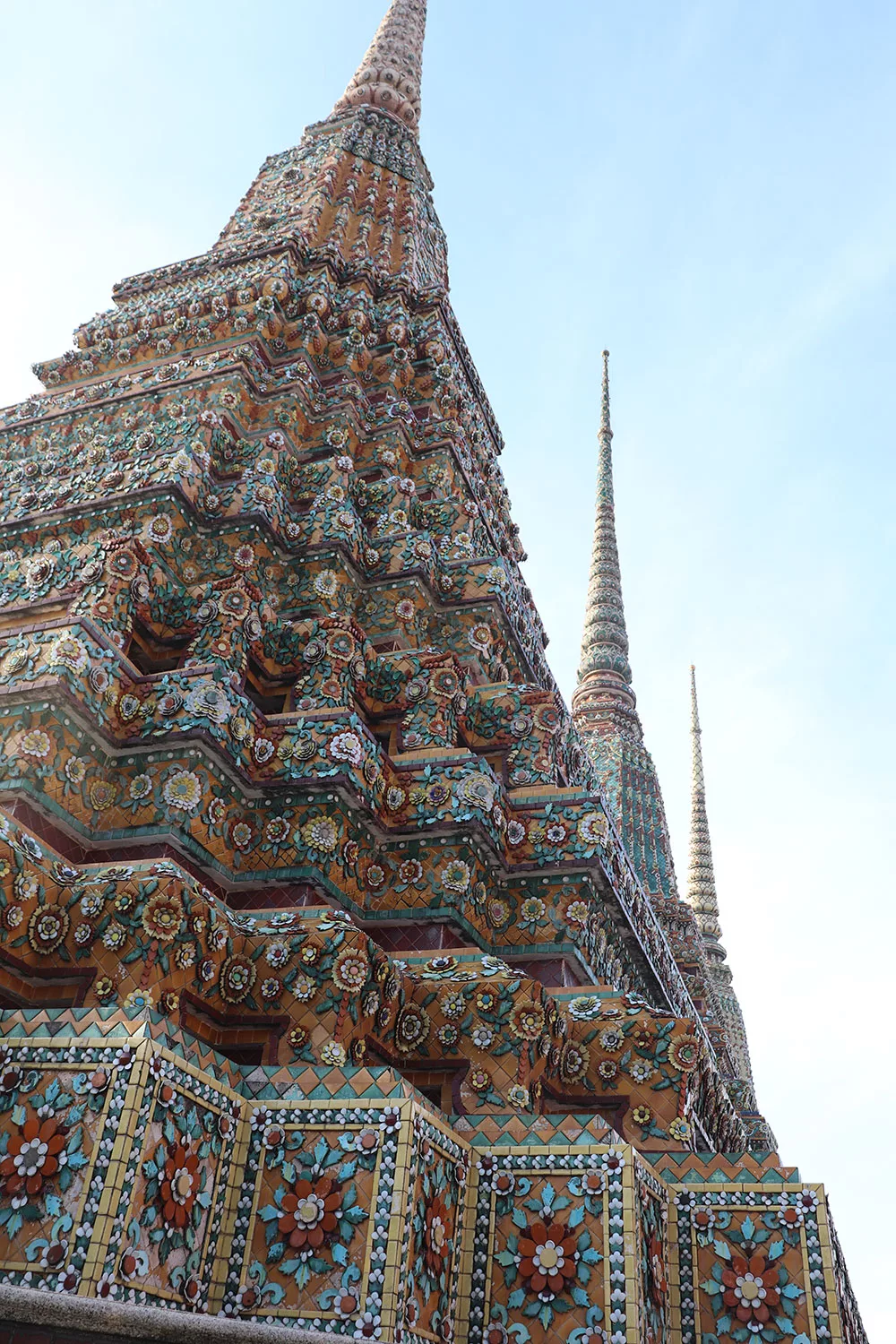

One of the most popular wats to see is Wat Phra Chettuphon, commonly known as Wat Pho. It’s a 17th century wat that pre-dates Bangkok’s status as the capital of Thailand, and it was added to over the centuries to get the large complex that can be visited today.
This wat is huge and there are a lot of different areas to see with different styles that reflect its complex history. I didn’t particularly like certain parts but then there were other areas I found to be absolutely gorgeous. You can budget a half hour at the minimum here but might end up spending even a whole hour. You can get a massage here by students, too!

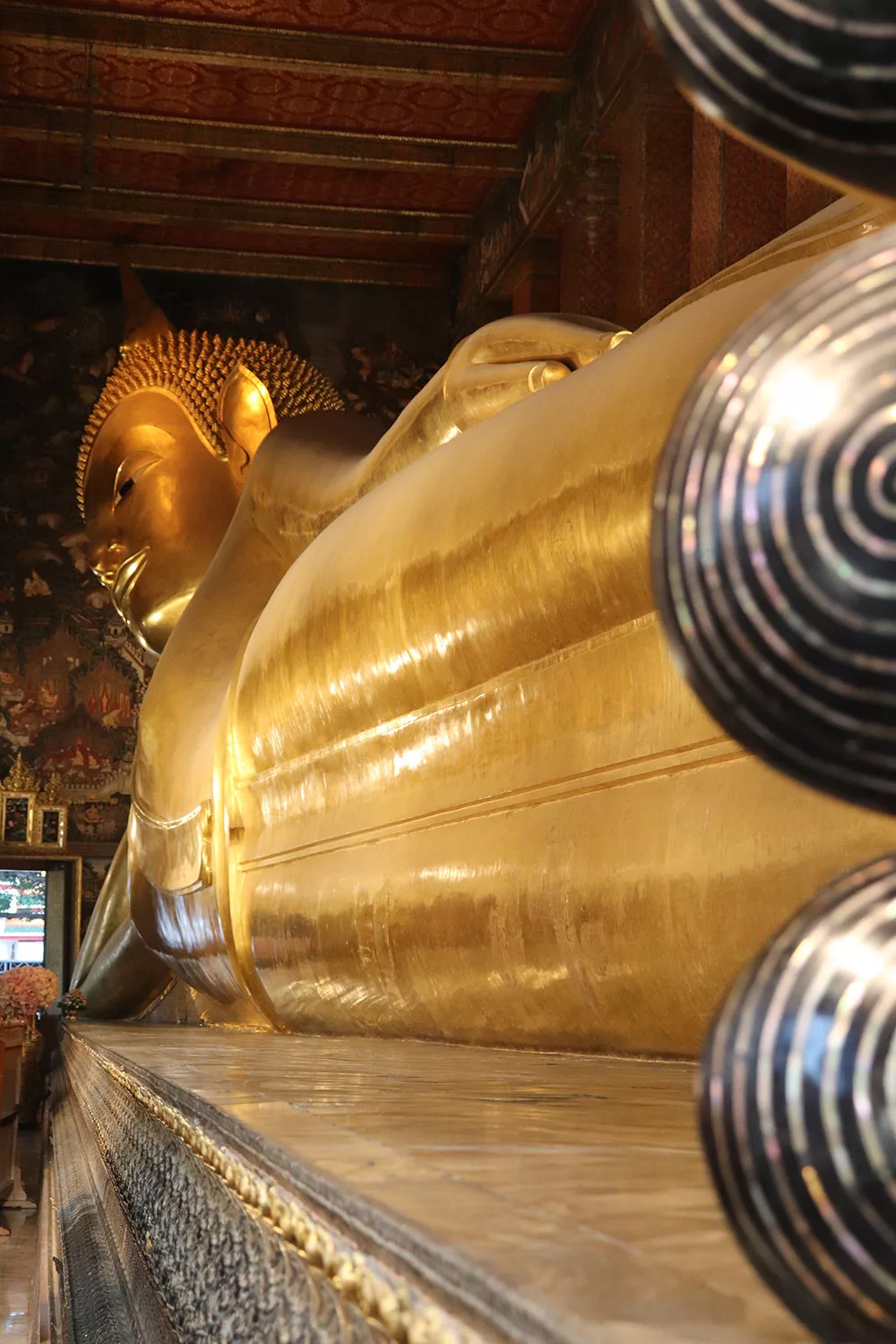
Also don’t forget to see the reclining Buddha, one of Bangkok’s most iconic structures. It was built in 1832 and is a massive gold-covered sculpture of Buddha in repose – a pose that is supposed to depict the time directly preceding his death.


Buy a print of this photo from my store!

One of the most historic wats, and one of my personal favorites, is Wat Arun on the south bank. Wat Arun is known as being in the area of Thonburi, which served as Thailand’s capital for a few decades between Ayutthaya and Bangkok in the 18th century. However, the temple is known to have existed before then, since the 17th century.
Wat Arun is very beautiful and has lots of wonderful decoration. It’s quite a bit smaller than Wat Pho so you can spend less time here, but there are also lots of places outside where you can rent Chut Thai or traditional Thai dress. I rented Chut Thai in Chiang Mai but Wat Arun would’ve been a beautiful backdrop for photos!


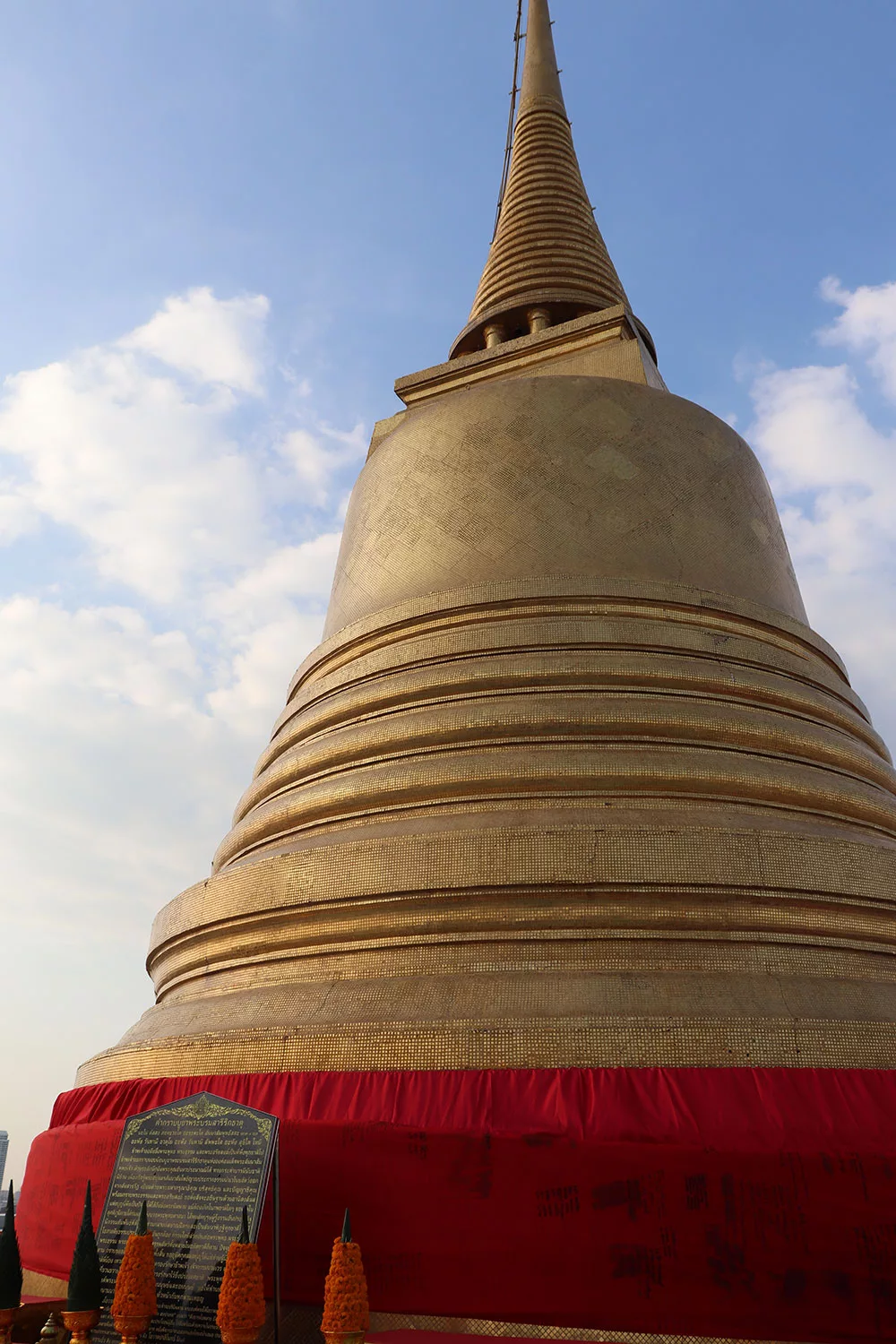


Wat Saket is another popular wat in Bangkok because it’s on a hill with sweeping views of the city. Since the steps are small and there are lots of places to stop and rest, the walk up Wat Saket actually isn’t too strenuous. You can ring lots of gongs and see lots of cute sculptures on the way up. When you get to the top, you’re rewarded with views that quite honestly make you forget all about the wat itself. When you get back down the bottom, the grounds are quite serene for being located in the middle of a city.
The wat isn’t super spectacular but if you have the time, I think the walk to the top was worth it.
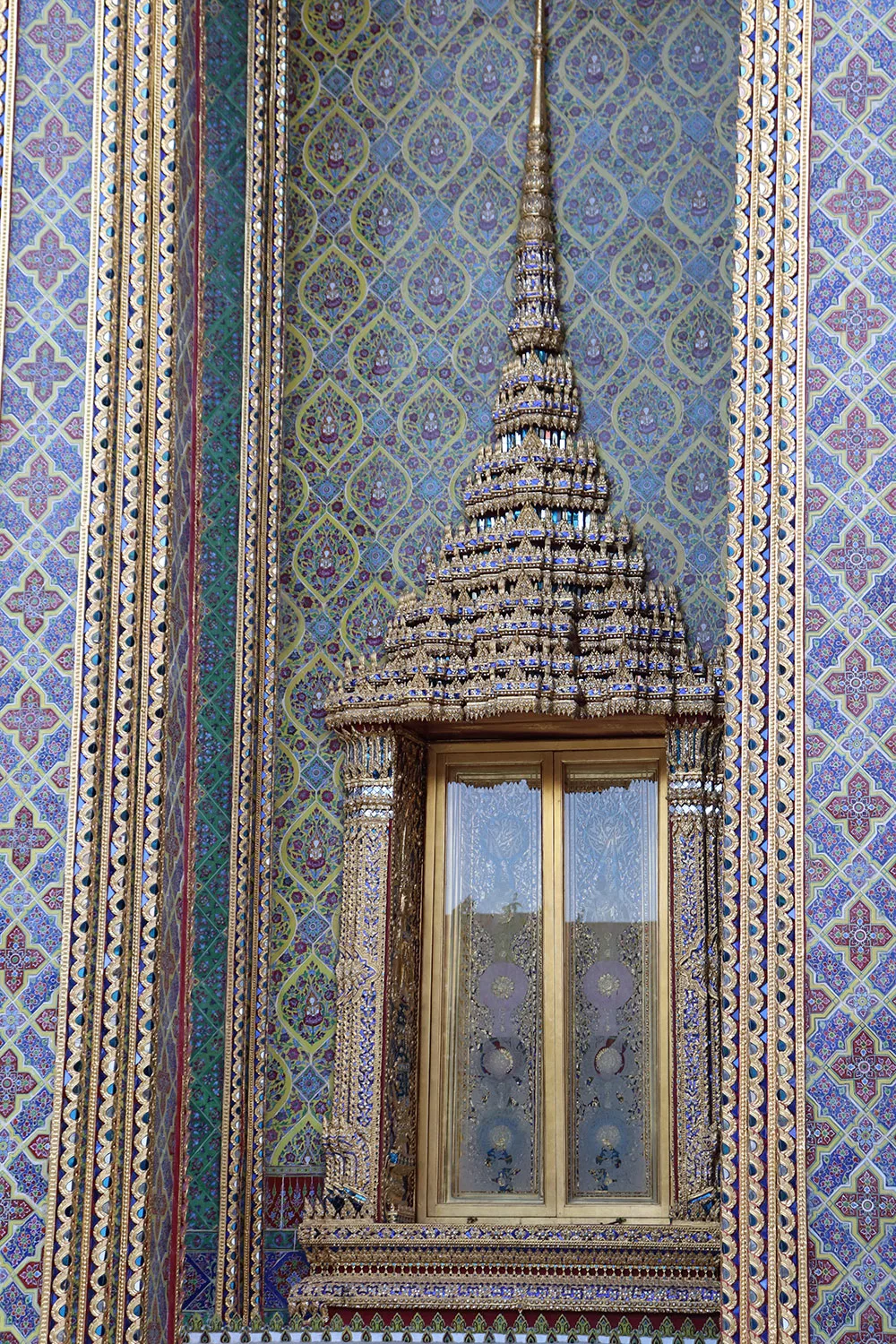


I also enjoyed Wat Ratchabophit which was a lot less crowded and more colorful than many of the others wats. Plus, it was free to visit! This wat is quite centrally located so worth a stop in if you’re passing by. Wat Suthat was also very pretty, particularly its interiors.


Another wat I opted to visit was Wat Benchamabophit. It was quite beautiful but also a bit out of the way – I think I walked about half an hour to get there from the Old Town (the city looks much smaller on a map). Definitely keep it on the radar but only if you can see some of the other wats first.
I also got to see Wat Ratchanatdaram, which is unique because of its several spires, but I didn’t think it was particularly impressive.
Other Things to Do in Bangkok
You can keep yourself busy for days by just visiting the temples of Bangkok, but the city also has some great museums to visit.




There are two beautiful house museums I saw and recommend. First is the Jim Thompson House which is the home built by an American man who revived the silk-making business in Thailand. He became very wealthy and had this small house built on the river in the mid-20th century. Here, you can learn about his life and his “death,” or more, mysterious disappearance in 1967. To this day, nobody knows that happened to him.
Please note that if you want to visit the Jim Thompson house, you’ll need to take a guided tour that are at sparse intervals. When I got there, I had to wait an hour and a half for the English tour so I waited an hour for the French tour instead.


Another house museum to see is the Suan Pakkad Palace. It was originally the home of Prince and Princess Chumbhot of Nagara Svarga in the 20th century but as they were art collectors, they converted the home into a museum.
The palace is filled with lots of different Thai antiques, ranging from beautifully carved 20th century furniture to necklaces and pots that are thousands of years old. I actually thought Suan Pakkad Palace was more interesting and beautiful than the Jim Thompson house, so if you like interiors and/or history, be sure to put it on your list.
Of course there are a few traditional type museums. The Museum of Siam is a small but interesting and interactive museum that exhibits different elements of Thai culture, examining the question, “What does it mean to be Thai?” The exhibits range from food to holidays and games. I thought it was worth seeing and I probably learned the most there.
Bangkok also houses the Bangkok National Museum. I thought it would be a museum on Thailand’s history but it was more of an art museum. There are so many beautiful artefacts and decorative arts, mostly from the royal family and other nobility, on display in the museum. While I didn’t learn a whole lot, I did get to see some beautiful elements from Thailand’s cultural history that go back several centuries.
The last museum I visited was the Bangkok National Gallery and I have to say, it left me quite disappointed. The gallery focuses on modern art by Thai artists. I’m normally not drawn to modern art, but the work featured was very heavily influenced by European art. One gallery was filled with drawings of Italy. I never got to study Thai art in school so it was a letdown that I didn’t get to see their traditional paintings here. The gallery does have a section for older art but it was closed when I visited.
Bangkok at a Glance
Bangkok is very different from several other places I’ve been, including other parts of Thailand. What I found most interesting is that a lot of people will have services set up right in their house, such as making Pad Thai or doing laundry. There was something so striking about it – very matter-of-fact, very personal. Rows of houses that say “this is my home, and this is my specialty.”



I found that mostly in Old Town. As I ventured a few streets over to the Stadium area – still a tourist-heavy area – the city became a more familiar type. High rises, the SkyTree metro train, tons of restaurants and places to shop. I didn’t have time to really see anything else, but as we drove around for tours and as I moseyed around doing errands, I saw a lot of the city looked the same as that. Much of it is very developed and new.
Overall, I really liked the temples I got to see, and that was the best part of the city for me. I found the city itself to be ok. There were several instances where I almost got run over walking across the street with the “walk” sign – which of course I did not appreciate. I didn’t really find anything I loved. But there is a huge selection of places to go, things to see, shops to explore and things to eat.


My tip would be to change accommodations as I did to get to explore different parts of the city – or perhaps make a goal to eat dinner in one area one night, another area another night, etc. Stay in a different area from where you’ll be spending the daytime. Keep in mind that Bangkok does have a nice metro system and there are tuk tuks and taxis to be found everywhere.

You’ll probably be spending a few days in Bangkok as I did, and I hope this guide helped you choose what to do and gave you some insight as to what to expect. When you go to Bangkok, I certainly hope you enjoy your trip and find something to fall in love with!
Pin This for Later
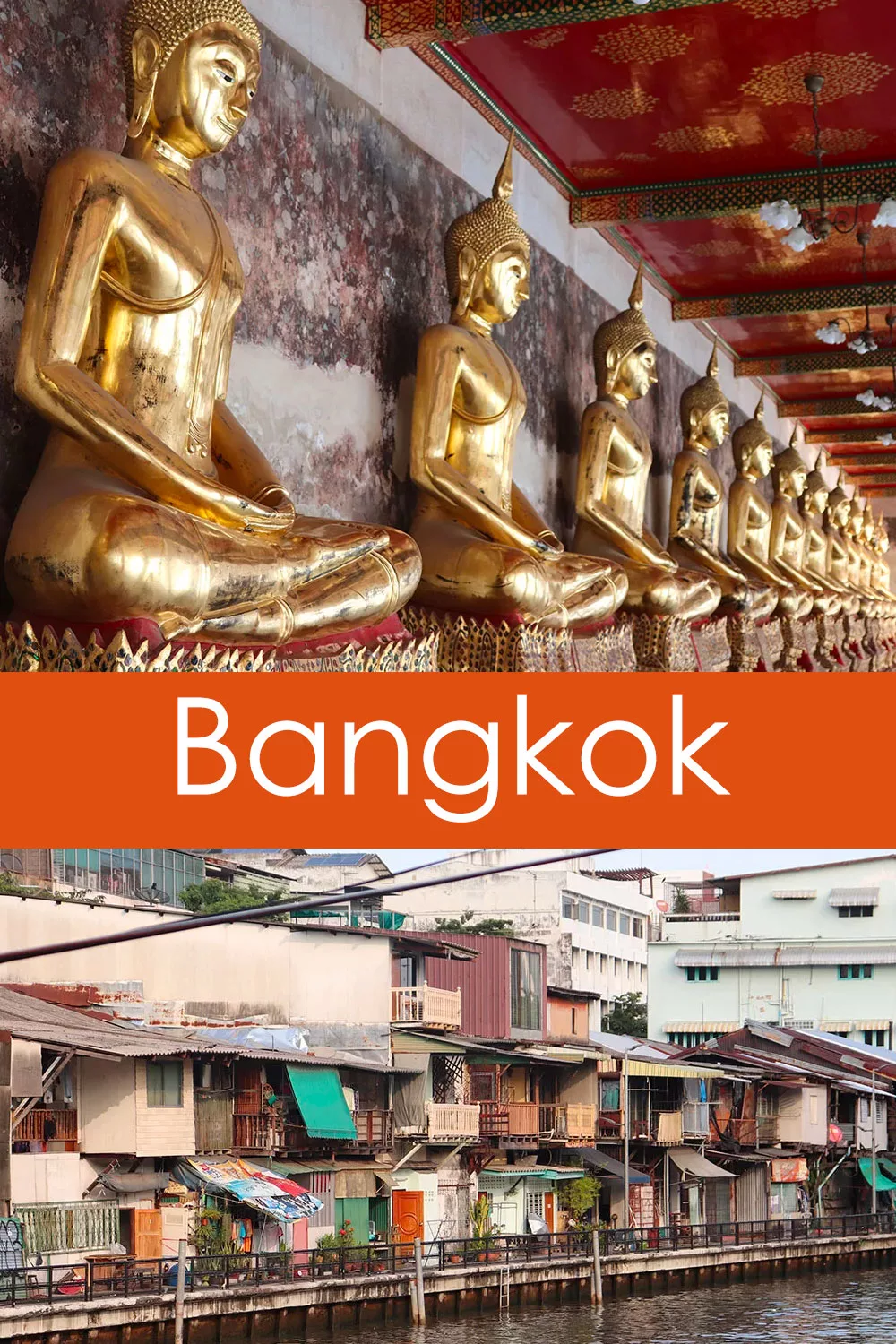


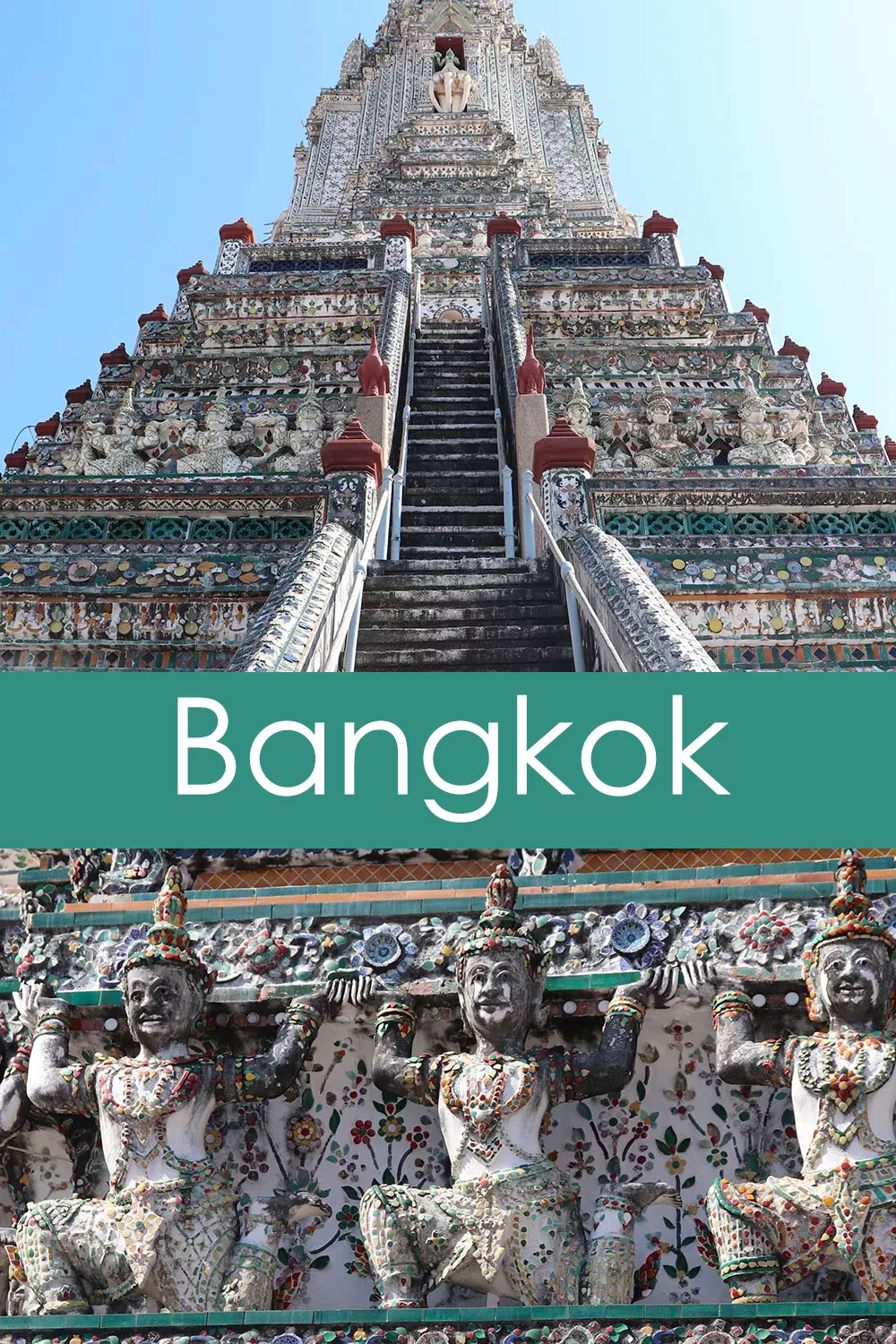

Book an Organised Tour
Book Your Stay
About the Author
My name's Lilly and I'm a Baltimore-based travel blogger with a focus on art and history. I work full time and manage to get in several trips a year. Learn more about me.Tags: asia, bangkok, thailand
















